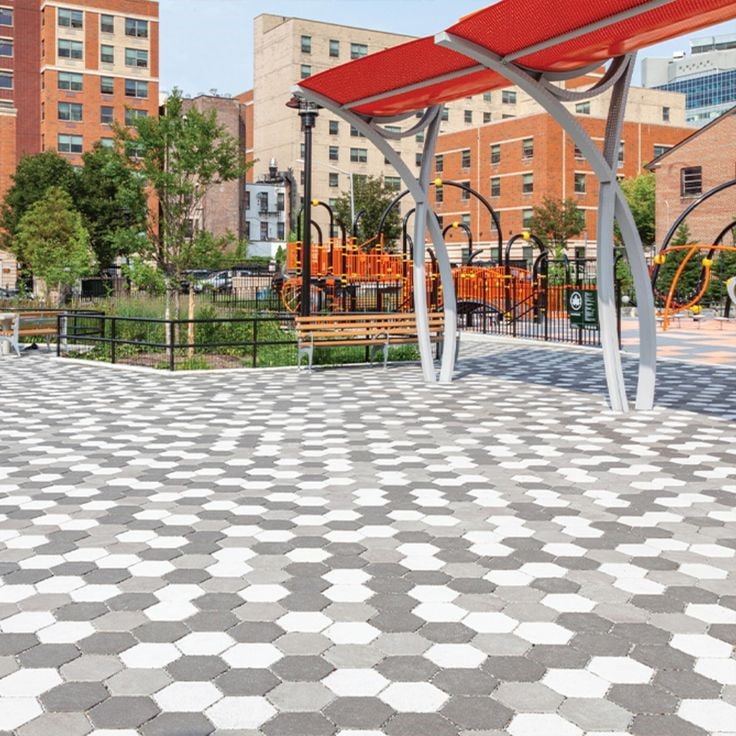Introduction: Paving the Way for Change
In the bustling streets of New York, amidst the towering skyscrapers and bustling sidewalks, lie the unassuming yet powerful tools of transformation: pavers. Beyond their practical function of creating pathways, pavers serve as the building blocks for community projects that drive social impact and change. In this blog, we delve into the world of pavers with purpose, exploring how they are shaping the landscape of New York and beyond.
The Power of Community Projects
Community projects harness the collective energy and resources of residents, businesses, and organizations to address local challenges and foster positive change. Pavers play a pivotal role in these projects, providing the physical infrastructure for initiatives that range from beautifying neighbourhoods to creating accessible spaces for all.
Beautifying Public Spaces: Paving the Path to Vibrancy
One of the most visible impacts of pavers in New York is their role in beautifying public spaces. Through community-led projects, drab concrete sidewalks are transformed into vibrant pedestrian plazas adorned with intricately designed pavers. These revitalized spaces not only enhance the aesthetic appeal of neighbourhoods but also foster a sense of pride and ownership among residents.
Creating Accessible Environments: Pavers for All
Accessibility is a cornerstone of inclusive communities, and pavers are instrumental in creating environments that are welcoming to all. In New York, community-driven initiatives have utilized pavers to construct wheelchair-accessible pathways in parks, ensuring that individuals of all abilities can enjoy the outdoors. These projects not only break down physical barriers but also promote social inclusion and equity.
Environmental Sustainability: Paving the Green Path
In an era marked by growing environmental concerns, pavers are emerging as a sustainable alternative to traditional paving materials. Made from recycled materials such as reclaimed concrete and glass, eco-friendly pavers reduce the carbon footprint of construction projects and contribute to the conservation of natural resources. By choosing pavers with purpose, communities in New York are paving the way for a greener future.
Empowering Communities: The Social Impact of Paver Projects
Beyond their tangible benefits, paver projects have far-reaching social impacts that extend beyond the physical landscape. By involving residents in the planning and implementation process, these projects empower communities to take ownership of their surroundings and become agents of change. From volunteer-led paver installations to youth mentorship programs focused on urban design, these initiatives foster a sense of connection and belonging among participants.
Case Study: The High Line

One shining example of pavers with purpose in New York is the High Line, a renowned elevated park built on a historic freight rail line. Pavers form the backbone of this innovative green space, creating a seamless transition between natural vegetation and urban infrastructure. Beyond its recreational value, the High Line serves as a model for sustainable urban development and community engagement, demonstrating the transformative power of paver projects.
Conclusion: Paving the Future of New York
As New York continues to evolve, pavers will remain integral to the fabric of its communities, serving as symbols of progress and possibility. Through community-driven projects and innovative initiatives, these humble building blocks will continue to shape the landscape of the city and leave a lasting legacy of social impact. By harnessing the power of pavers with purpose, New Yorkers can pave the way to a brighter, more inclusive future for all.


